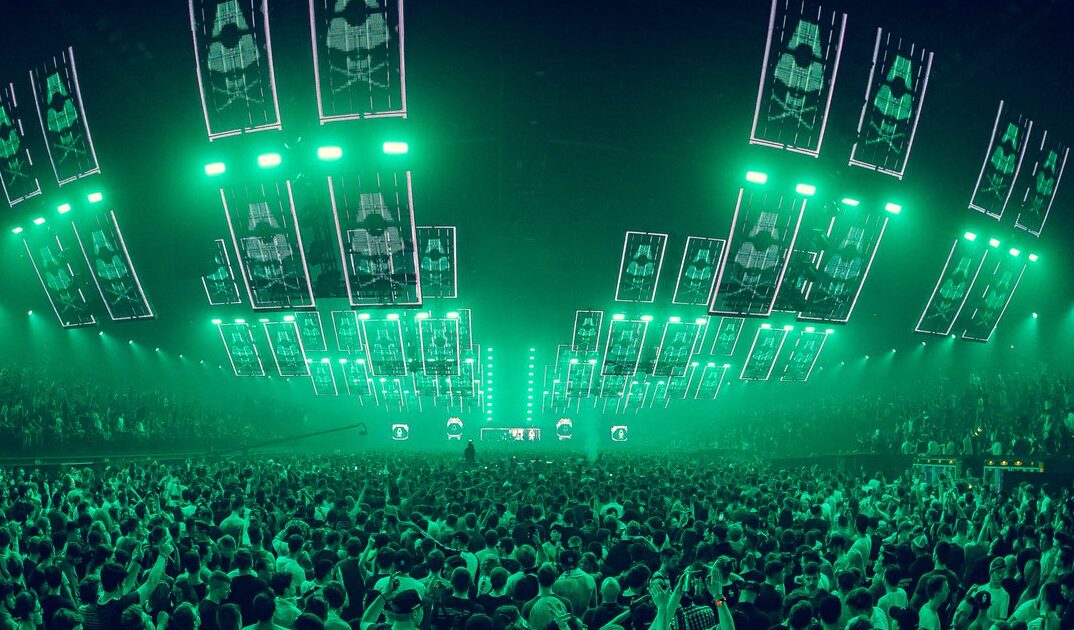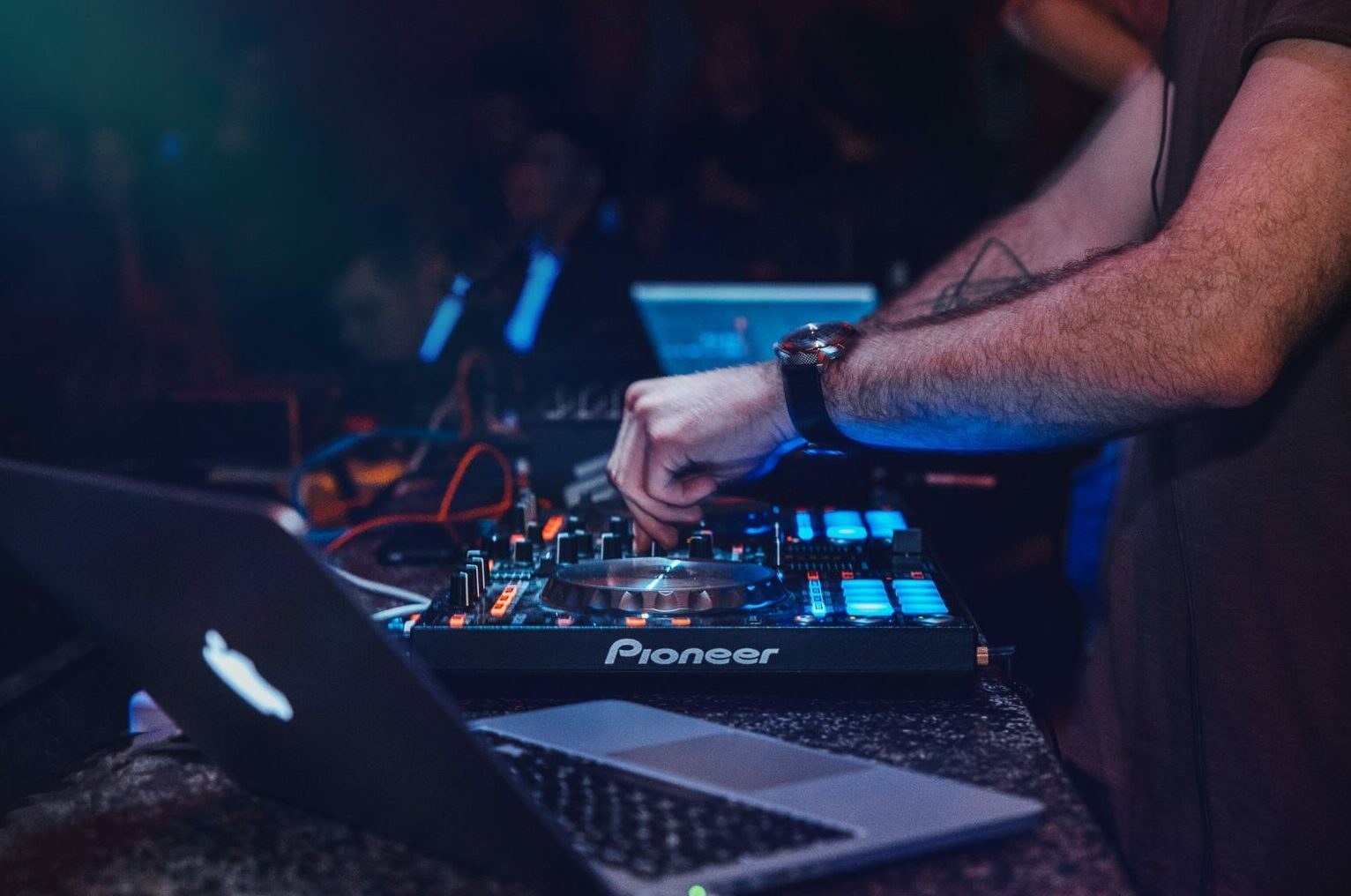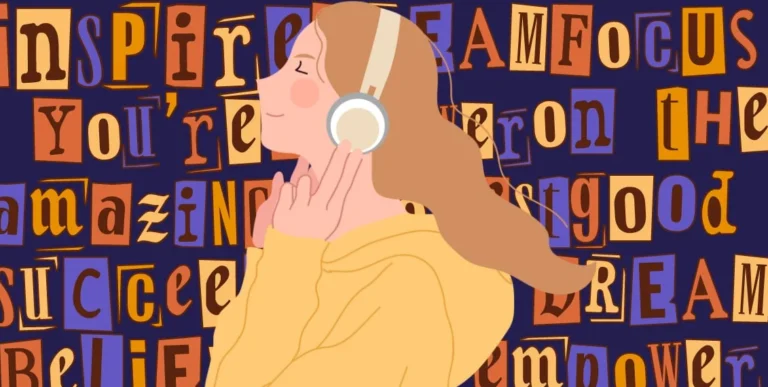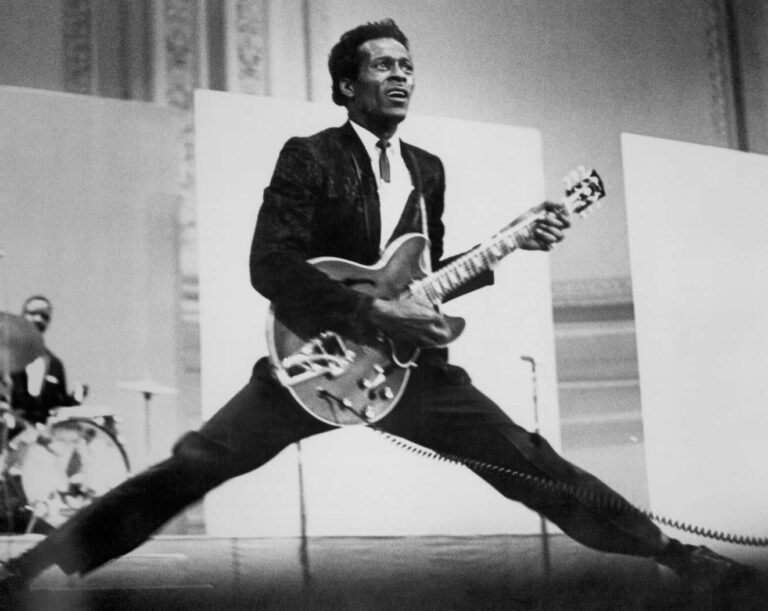Guide to different sub-genres within electronic music
Electronic music has been around for decades, and as it evolves, so do its sub-genres. From ambient to hardstyle, there is a vast range of electronic music categories that offer unique sounds and vibes. But with so many different types out there, how do you know which one suits your taste? In this guide, we’ll explore the most popular sub-genres within electronic music and help you find your perfect match! So get ready to dive into the world of electronic beats and discover what makes each genre stand out from the rest.
Ambient
Ambient is a sub-genre of electronic music that focuses on creating an atmosphere rather than a beat. It’s characterized by its soft, gentle soundscapes and ethereal melodies that are designed to evoke emotions in the listener.
One of the defining features of ambient music is its use of space. Unlike other electronic genres, there isn’t always a clear rhythm or melody at play – instead, ambient tracks often feature long periods of silence or minimal sounds that create an overall feeling rather than individual notes.
Many artists use field recordings in their ambient compositions, layering natural sounds like raindrops, wind chimes and bird calls over synthesized textures to create immersive sonic environments.
Ambient music can be enjoyed as background noise during meditation or relaxation sessions; however it also has developed into more complex forms with experimental and psychedelic effects for example Brian Eno’s early work.
If you’re looking for something introspective and calming yet still engaging enough to get lost in – then give Ambient a try!
Chillstep
Chillstep is a subgenre of electronic music that emerged in the early 2010s. It’s a blend of dubstep and chillout music, characterized by its dreamy and atmospheric soundscapes. Chillstep is often described as “emotional” or “melancholic,” conveying feelings of nostalgia, introspection, and relaxation.
One defining feature of chillstep is its slow tempo, which ranges from around 100 to 140 BPM. This slower pace allows for more space in the mix, creating room for ambient pads, reverb-heavy synths, and soft vocals to breathe.
Another hallmark of chillstep is its use of heavy basslines combined with intricate melodies. The contrast between these elements creates a unique sonic experience that can be both uplifting and calming at the same time.
Chillstep has gained popularity in recent years due to its ability to evoke deep emotions within listeners. Its mellow vibe makes it perfect for relaxation or meditation while still maintaining enough energy to keep you engaged.
If you’re looking for music that will help you unwind after a long day or want to immerse yourself in an emotional soundscape – then look no further than Chillstep!
Drum and Bass
Drum and Bass is a subgenre of electronic music that’s characterized by its fast tempo, complex drum patterns, and heavy basslines. The genre emerged in the UK during the early 1990s as a fusion of various musical styles including breakbeat, jungle and hardcore.

One of the defining features of Drum and Bass is its use of intricate drum patterns that are usually programmed using digital software or sequencers. These patterns typically include rapid-fire snare hits, syncopated hi-hats, and rolling bass kicks which create an energetic rhythm that’s perfect for dancing.
In addition to its distinctive percussion elements, Drum and Bass also incorporates a diverse range of sound textures including deep pads, atmospheric synths, aggressive stabs and vocal samples. This blend creates an immersive sonic experience that evokes emotions ranging from euphoria to intensity.
Many artists have contributed significantly to the development of this subgenre over the years such as Goldie with his album “Timeless”, LTJ Bukem with his label Good Looking Records or Andy C who founded Ram Records. Today it continues to evolve with new producers constantly pushing boundaries through experimentation with different sounds.
Drum and Bass remains one of the most dynamic subgenres within electronic music scene today due to its versatility in sound design while still maintaining high energy levels throughout various compositions.
Dubstep
Dubstep is a genre of electronic dance music that originated in the United Kingdom in the late 1990s. It is characterized by its heavy basslines and syncopated rhythms, often featuring wobbly or growling sounds produced by synthesizers.
One of the defining features of dubstep is its use of drops – sudden, dramatic shifts in rhythm and intensity that are intended to create a sense of tension and release on the dancefloor. In many ways, these drops have become synonymous with the genre itself.
Dubstep has gone through several phases since its inception, with different producers and artists putting their own spin on the sound over time. Some early pioneers include Skream, Benga, and Coki from London’s Croydon district.

In recent years, dubstep has continued to evolve as new subgenres have emerged within it – for example, “brostep” which emphasizes aggressive synths and heavy distortion. However, purists argue that this style deviates too far from what made dubstep unique in the first place.
Despite some criticism from certain corners of both mainstream music critics and underground fans alike; Dubstep remains one of electronic dance music’s most influential genres even today.
Glitch Hop
Glitch Hop is a sub-genre of electronic music that combines elements of hip-hop and glitch. It emerged in the late 2000s and has gained popularity among electronic music fans ever since.
One of the defining characteristics of Glitch Hop is its use of distorted, glitchy sounds. These can range from chopped-up vocal samples to heavily processed synthesizer tones. The overall effect is a chaotic, yet controlled sound that sets it apart from other genres.
Another key feature of Glitch Hop is its rhythm section. While it draws heavily on hip-hop beats, they are often twisted and turned into unusual patterns that keep the listener on their toes. This gives Glitch Hop an unpredictable energy that keeps fans coming back for more.
Glitch Hop artists often experiment with different styles within their tracks as well, incorporating elements such as dubstep wobbles or even jazz-influenced melodies. This makes for a diverse range of sounds within the genre itself.
Glitch Hop offers a fresh take on both hip-hop and electronic music as a whole. With its innovative sounds and experimental approach to rhythm, it’s no wonder that this genre continues to evolve and grow in popularity today.
Hardstyle
Hardstyle is a subgenre of electronic dance music that originated in the early 2000s in the Netherlands. It’s characterized by heavy bass, distorted kicks, and energetic melodies.
The genre draws inspiration from other genres such as hardcore and techno but has its unique sound. Hardstyle tracks usually have a BPM range of 140 to 160, making it one of the fastest subgenres within electronic music.

Hardstyle also features an intense and euphoric atmosphere that’s often accompanied by uplifting vocals or chants. This creates a sense of unity among fans who attend live events together.
One notable aspect of hardstyle is the use of reverse bass, which involves flipping the offbeat kick drum to create an oscillating effect. This technique adds to the energy and intensity of hardstyle tracks.
Over time, hardstyle has evolved into several sub-genres such as raw style, nu-style, and more experimental variants like industrial hardstyle. Despite these variations, all types share common elements like high-energy beats and driving melodies that keep fans moving on the dance floor.
Trap
Trap music is a sub-genre of electronic dance music that originated from Southern hip-hop and rap. It’s characterized by its aggressive beats, heavy basslines, and use of percussion instruments. Trap music has become increasingly popular over the years and can often be heard in nightclubs, festivals, and even on mainstream radio.
One of the most defining features of trap is its use of 808 drum machines to create deep percussive sounds. The kick drums are often so powerful that they shake the floor beneath your feet while snare drums punctuate each beat with sharp snaps.
In addition to heavy beats, trap also incorporates various musical elements such as melodic synths and vocal samples which add depth to the overall sound. These elements help distinguish trap from other genres like dubstep or hardstyle.
Artists like RL Grime, Baauer, Flosstradamus have helped push the boundaries of what was once considered underground music into mainstream culture through their innovative productions.
Whether you’re looking for something high-energy to get you pumped up or just want to chill out with some head-bobbing beats at home, trap music offers a unique listening experience that’s worth exploring.
Future Bass
Future Bass is a sub-genre of electronic music that originated in the early 2010s. It incorporates elements of trap, hip-hop and R&B into its sound to create a unique blend of melodic and bass-heavy tracks.
One distinctive feature of Future Bass is its use of pitched-up vocal samples, often chopped up and manipulated to create intricate melodies. The genre also heavily relies on synth chords, arpeggios and atmospheric pads.
Artists like Flume, San Holo and Louis the Child are known for their contributions to the development of Future Bass as a genre. Their songs not only showcase impressive production skills but also evoke an emotional response from listeners through their dreamy soundscapes.
Despite being relatively new compared to other sub-genres within electronic music, Future Bass has gained popularity worldwide with its appeal crossing over to mainstream audiences.
Future Bass continues to evolve with artists experimenting with different sounds while still staying true to the genre’s core elements.
Electronic music offers a vast array of sub-genres that cater to different tastes and preferences. Whether you’re in the mood for something mellow and ambient or hard-hitting beats that make you want to dance, there’s an electronic music sub-genre for everyone.
As we’ve seen throughout this guide, each sub-genre has its unique characteristics and history that sets it apart from the others. Understanding these differences can help you appreciate electronic music more deeply and broaden your horizons as a listener.
Whether you’re new to electronic music or have been a fan for years, we encourage you to explore all the different sub-genres out there. Who knows? You might just discover your new favorite style of music!






